Over the past several decades, the popularity of visiting National and State Parks in the United States has grown rapidly, filling up camping sites, busying the hiking trails, and most importantly, encouraging travelers to get outside and connect with nature. Here is a list of highly recommended parks across the country, why they’re so special, and potential activities you can pursue during your visit.
1. Mammoth Cave National Park, Kentucky
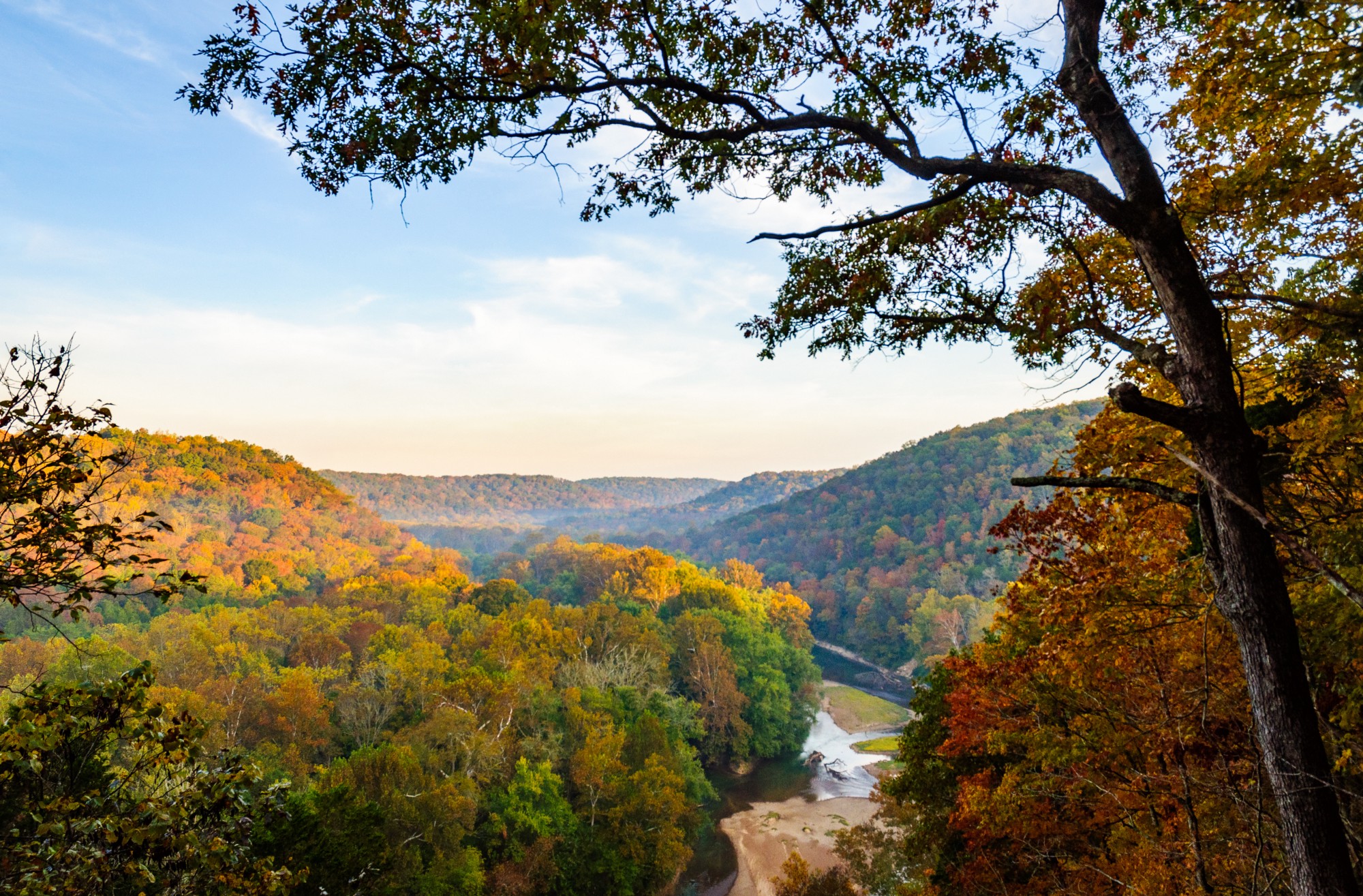
The Mammoth Cave is a park you don’t want to miss! Protecting the world’s longest known cave system, this park is located in the heart of Bluegrass Kentucky. The most unique quality of the park is the increasingly popular cave tours. There are thirteen paid tours that access the cave system consisting of 400+ square miles, and several free walking tours. In addition, there are tours that are perfect for people of all ages and abilities. Other than the magnificence of these Kentuckian caves, this park has opportunities for camping, horseback riding, mountain biking, and kayaking on the Green and Nolin Rivers.
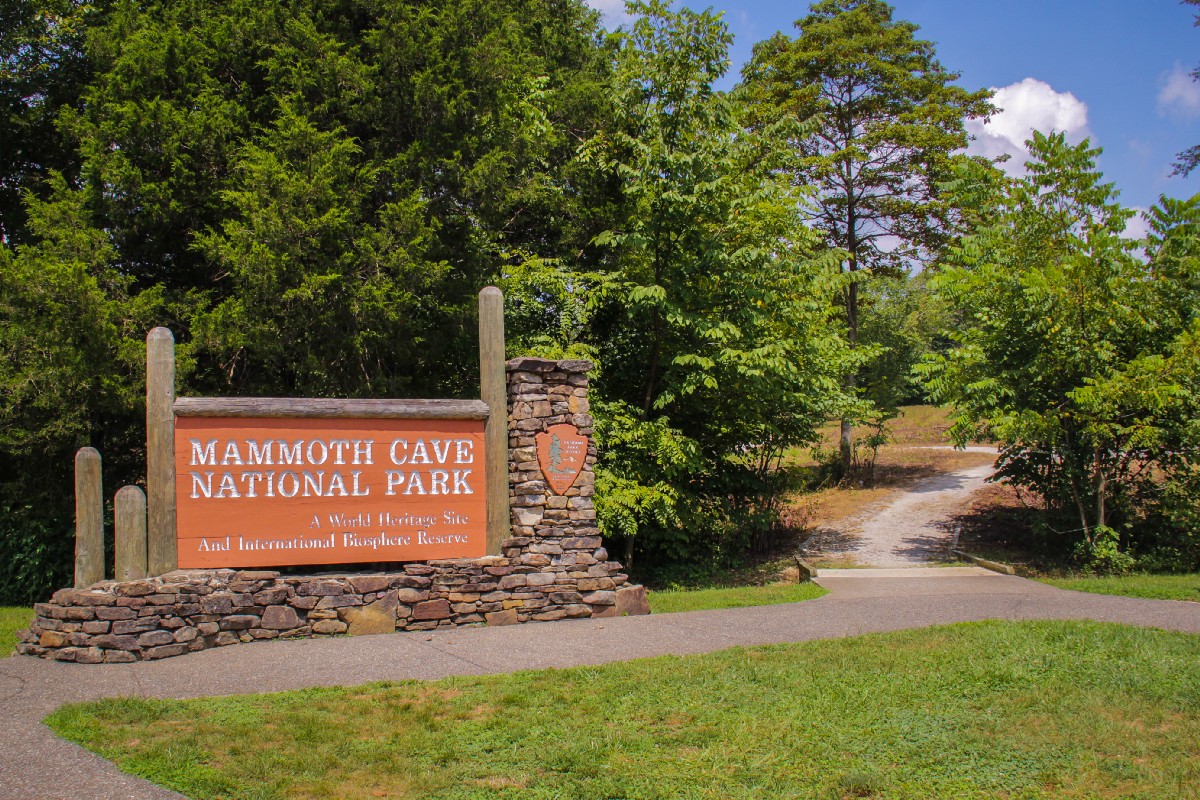
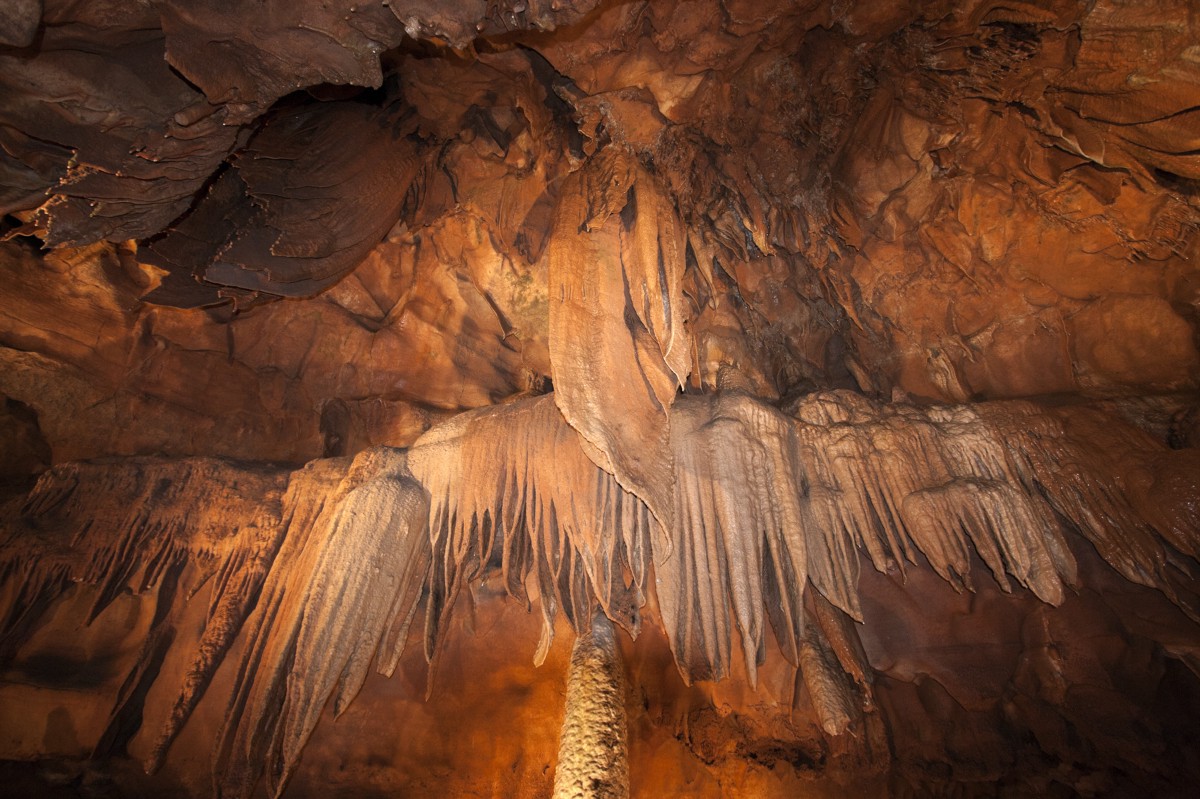
2. Shenandoah National Park, Virginia
Seventy-five miles from the center of Washington, D.C. lies a treasure in Shenandoah National Park. Not just an average nature reserve, Shenandoah boasts more than 500 miles of hiking trails including 100 miles of the Appalachian Trail and over 13 waterfalls. One of the unique features of this park is Skyline Drive, a 105-mile road that runs through Shenandoah but also along the Blue Ridge Mountains. Providing over 75 overlooks, this road also has access to camping sites, trailheads, and resorts in the Shenandoah Valley.
3. Santa Ana Wildlife Refuge Center, Texas
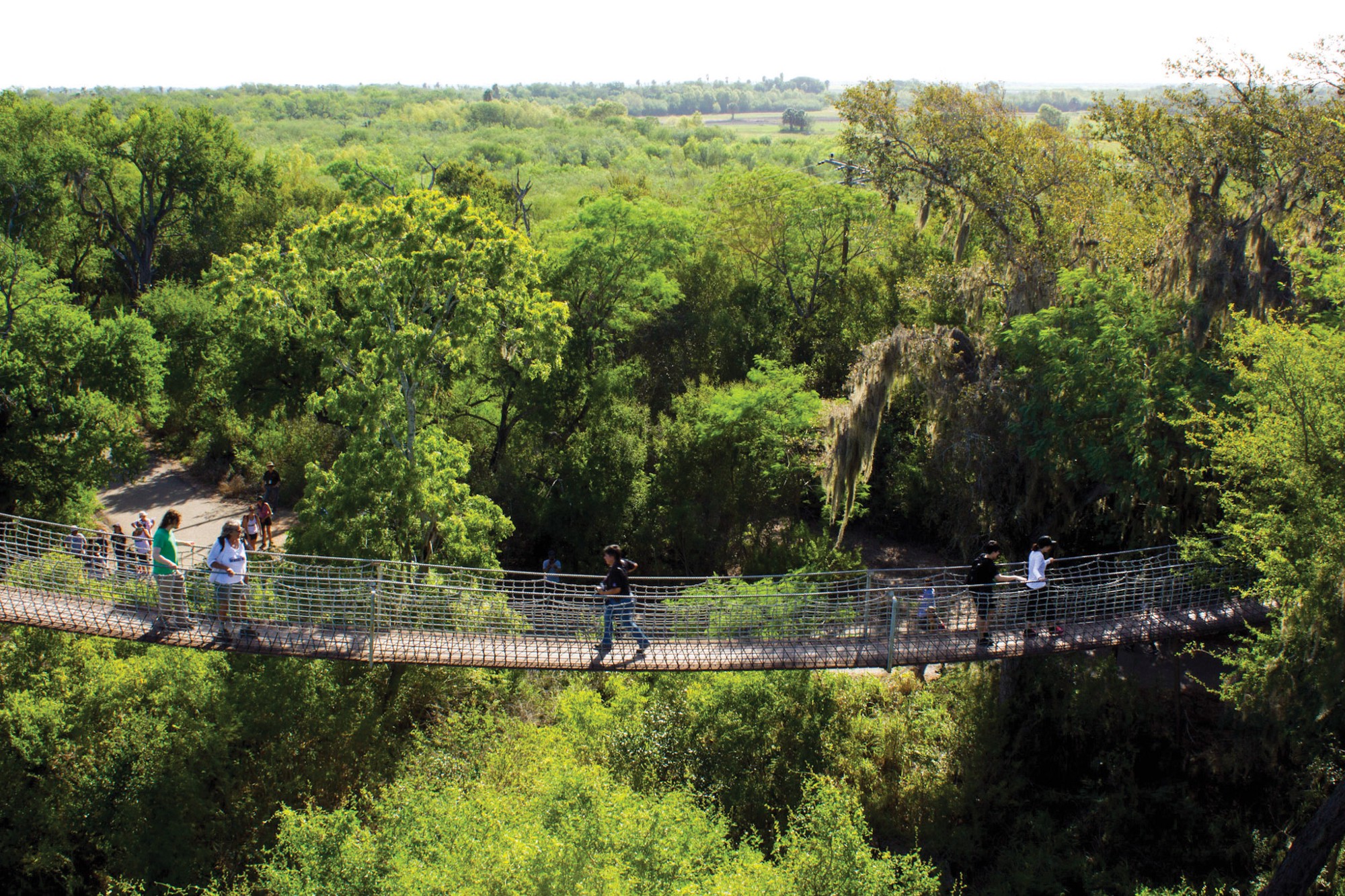
The Santa Ana Wildlife Refuge Center is located seven miles south of Alamo, TX and is the largest piece of Riparian Woodland in the Lower Rio Grande Valley. There are 12 miles of walking trails, but one of the biggest draws of this park is its wildlife. This park is a birdwatcher’s paradise, hosting Golden-Winged Warblers, the Grove-Billed Ani, Broadwing Hawks and Hook-Billed Kites.
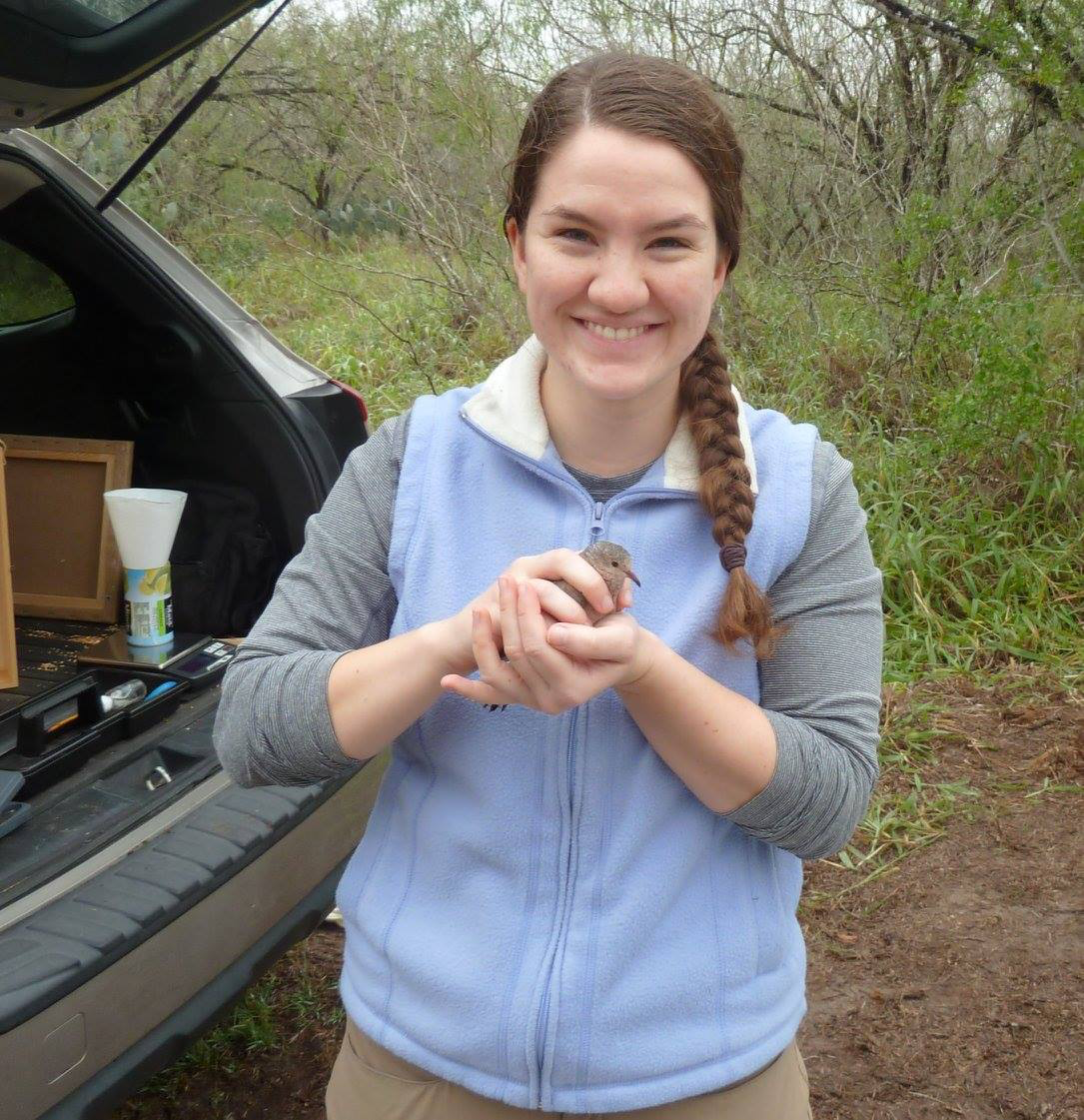
“Santa Ana is my favorite park because it is one of the last remnants of what the Valley looked like before it became developed. Walking around in the forest full of Spanish moss and Sabal palms transports me to another age.” — Laura Brush, TX
4.Mesa Verde National Park, Colorado
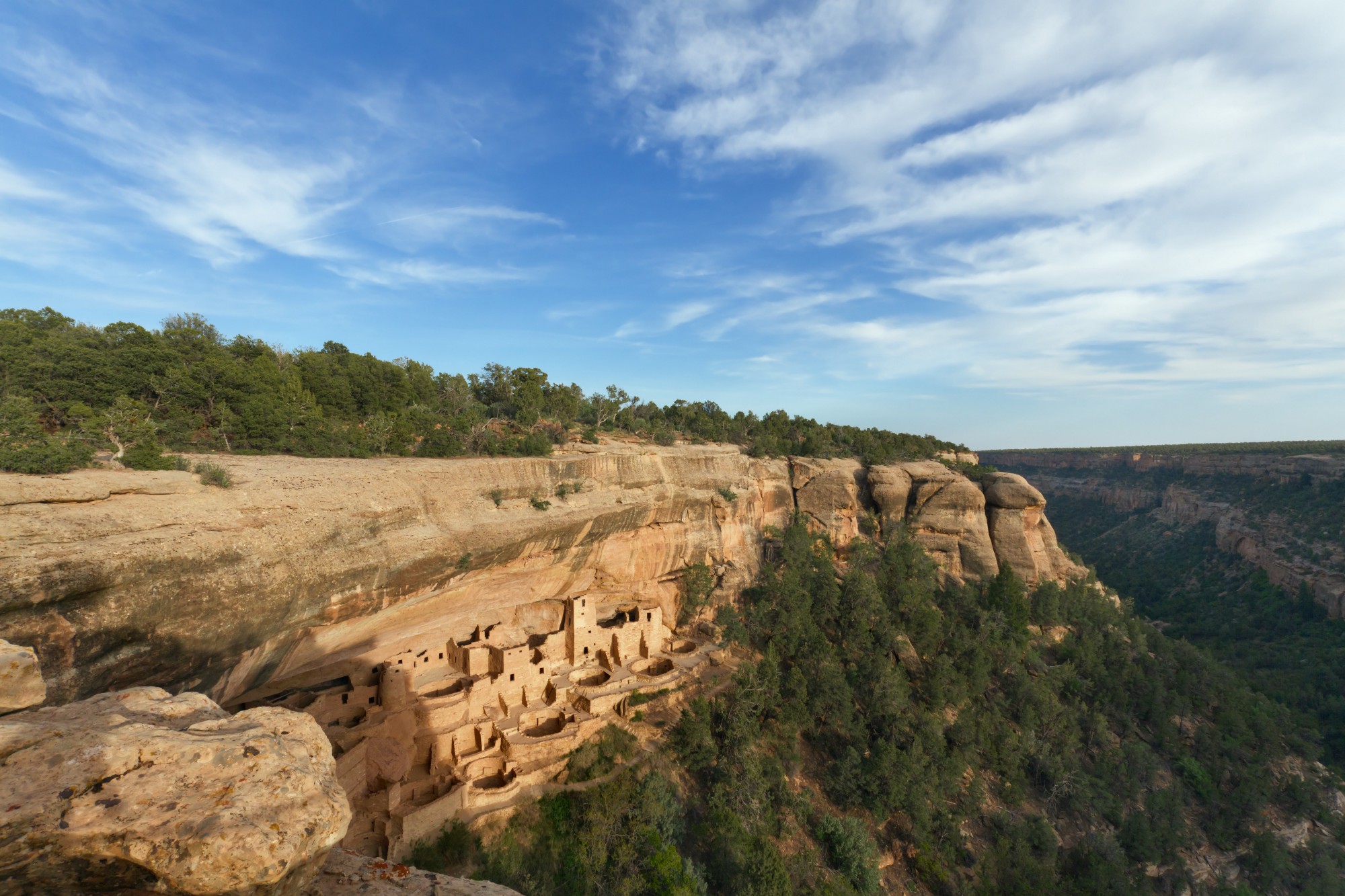
Containing over 5,000 archeological sites, Mesa Verde was established in 1906 to protect the historical buildings of Pueblo people. The most unique aspect of this park is the history behind the location and the cliff dwellings. In order to see the various dwellings and ancient architecture, visitors can sign up for guided tours or drive the Mesa Top Loop Road, a 6-mile driving tour with overlooks that face the cliff dwellings.
“I love Mesa Verde because it is full of rich history about the ancient Pueblo people that lived there. The cliff palace dwelling has different ladders that you climb up which is really cool. I also love Mesa Verde because it is great for all ages. They have harder hikes but also some easier ones. They also do a tour on bikes where you go with a guide and you bike around a specific area of the park which was fun for my highly active family.” — Kelsey Wright, CO
5.Turkey Run State Park, Indiana
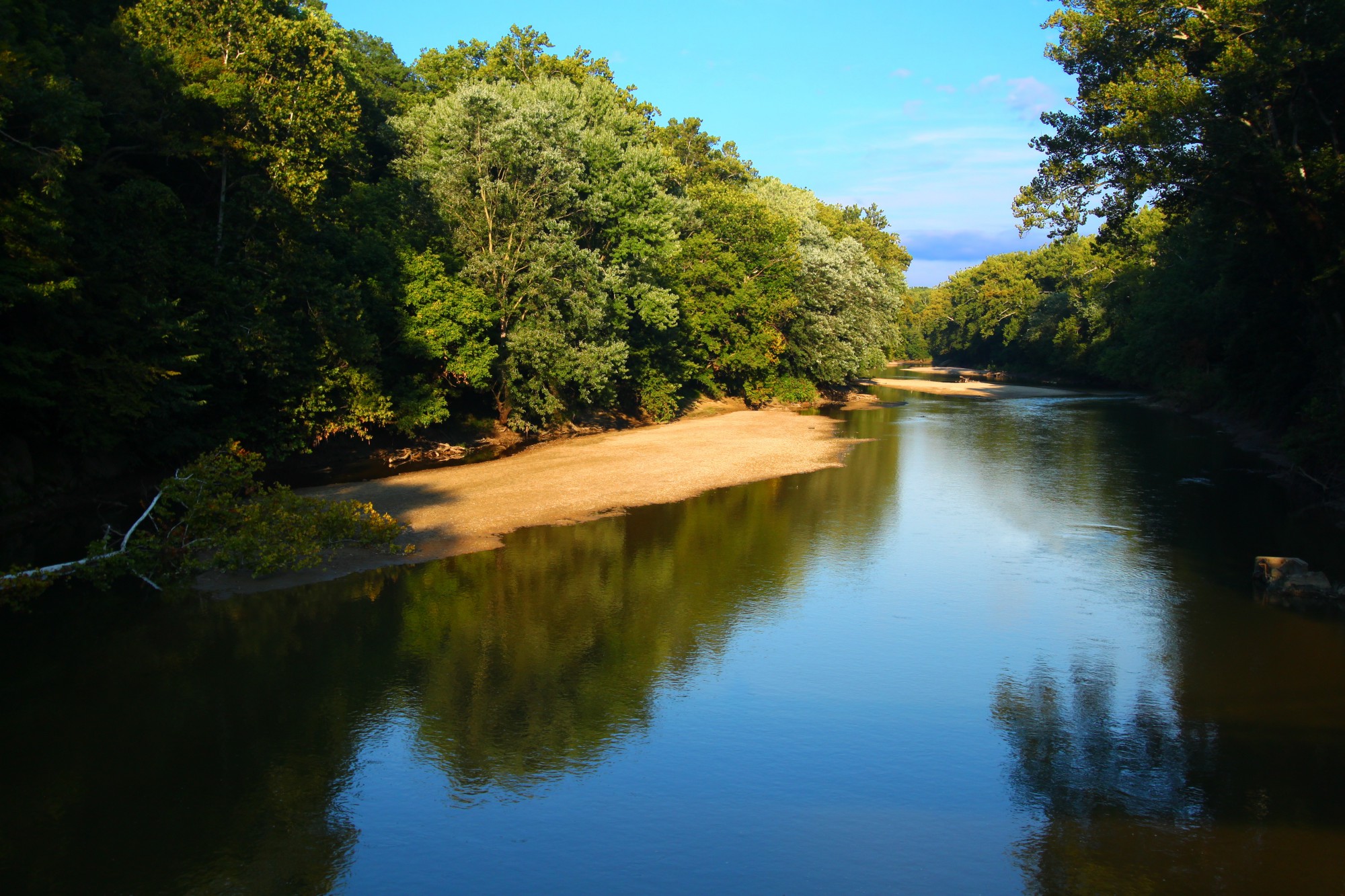
An hour west of Indianapolis, IN is a historic park that doesn’t get much credit: Turkey Run State Park. Not only does this park document how Indiana’s forests, natural habitats and geology evolved over time, but it also offers visitors a plethora of outdoor activities such as horseback riding, swimming, and canyon tours. The Nature Center in the park also provides programs that explain the area’s geology, flora, and fauna over time.
“At Turkey Run, they have several different activities available including canoeing and tubing down Sugar Creek which is one of my favorite things to do. They also have some really awesome trails that you can hike that feature ravines made out of amazing sandstone formations. It’s also nice because they have trails of varying difficulty so almost anybody can do some sort of hike there.” — Arin Bishop, IL
6.Glacier National Park, Montana
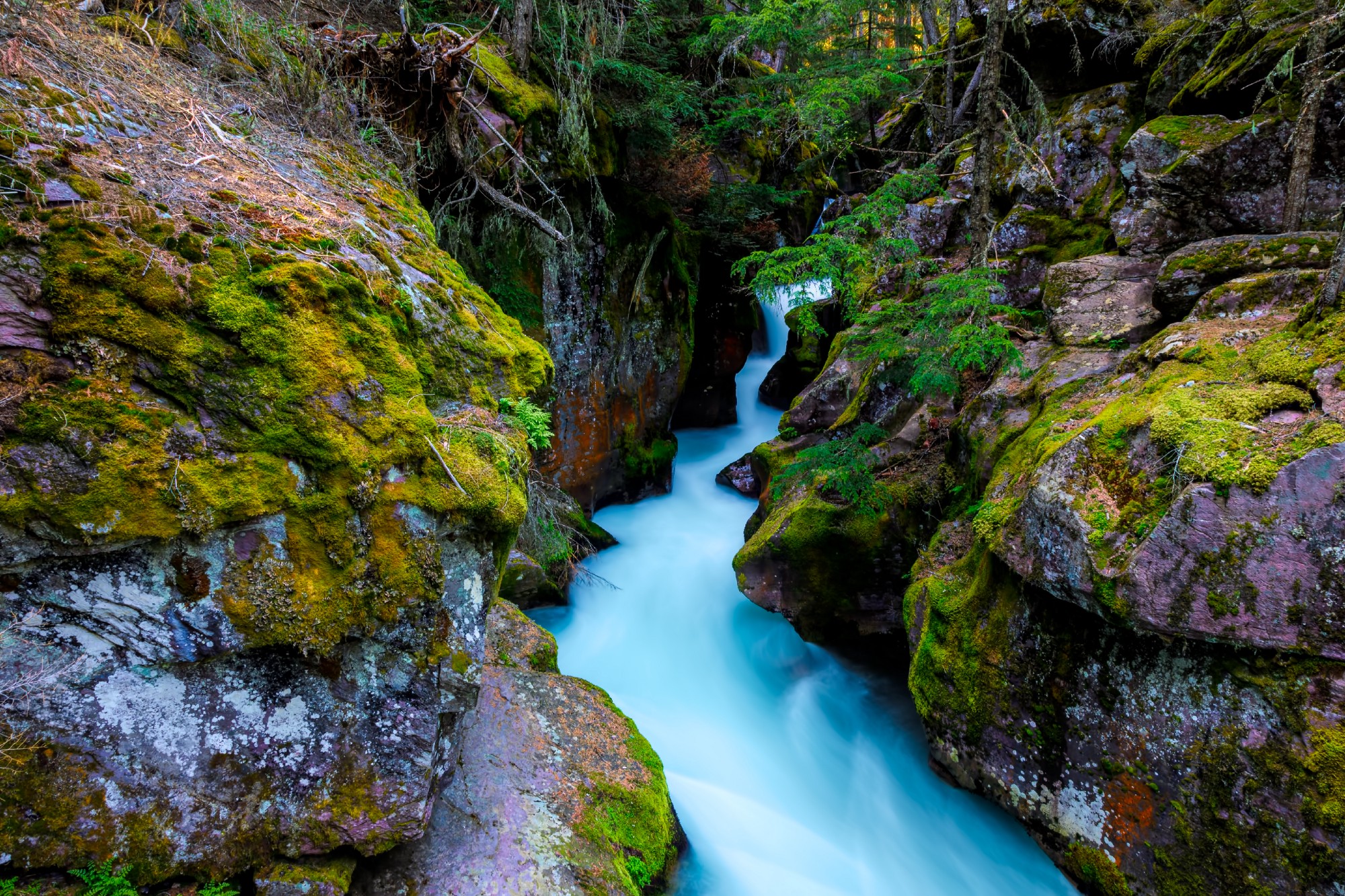
At the top border of the state of Montana is a well-known destination, Glacier National Park. With 734 miles of hiking trails, opportunities for backcountry camping and river camping, this park is also known for Going-to-the-Sun Road, which connects the east and west sides of the park. This road is 32 miles long, takes at least 2 hours to drive, and reaches an elevation of 6,600 feet. There are bike tours, boating tours, and ranger programs, but in addition, the glaciers in this park are perfect for nature photography.
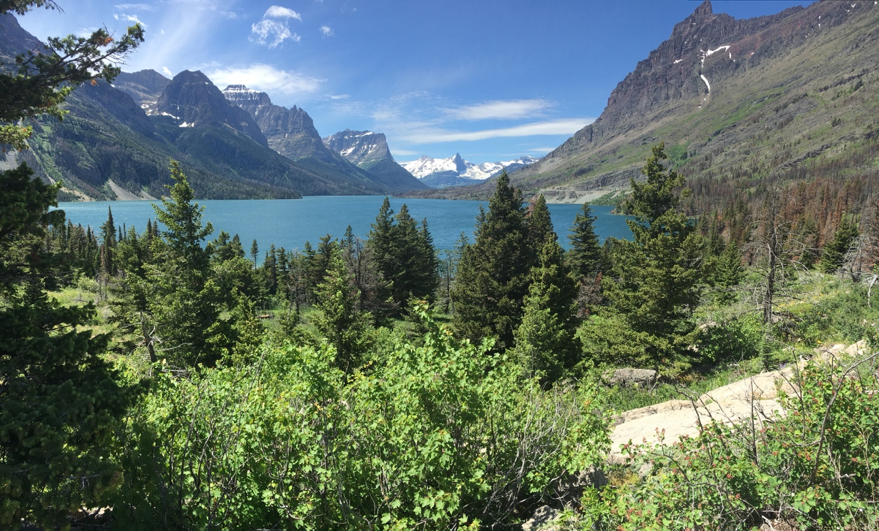
“Glacier is a huge park with rich history, as it was the first established International Peace Park (attached to Gilmanton National Park in Canada). The water is a brilliant shade of turquoise blue because of glacial runoff. It’s important to get to because the glaciers are estimated to be gone in about 20 years!” — Lauren Grover.
7.Isle Royale National Park, Michigan
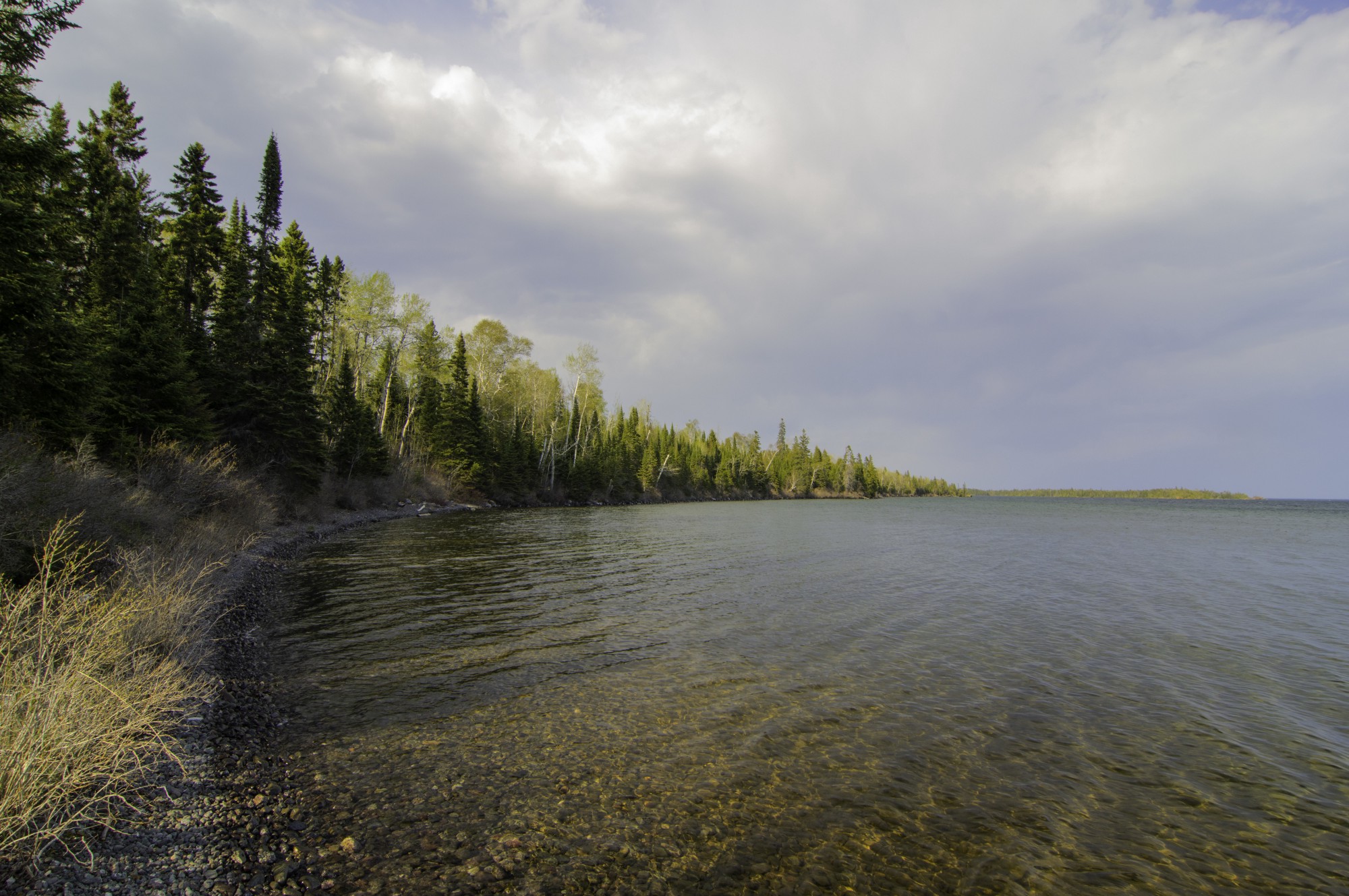
Surrounded by Lake Superior, Isle Royale is a national park of a different breed. While most national parks take a few hours to reach by car, this trip takes detailed planning and you can only arrive at the park by ferry or seaplane because it’s actually an island. You can depart from either Michigan or Minnesota, but either way, the island is strictly vehicle free. Because it is an island, it’s more wild and natural than other national parks, and it is the only park that closes completely during the winter.
For campers and hikers, this park is ideal. There are 165 miles of trails, 36 campgrounds, and always the opportunity to go off trail into the backcountry. A unique activity here is the chance to go scuba diving in the open waters of Lake Superior.
8. Rocky Mountain National Park, Colorado
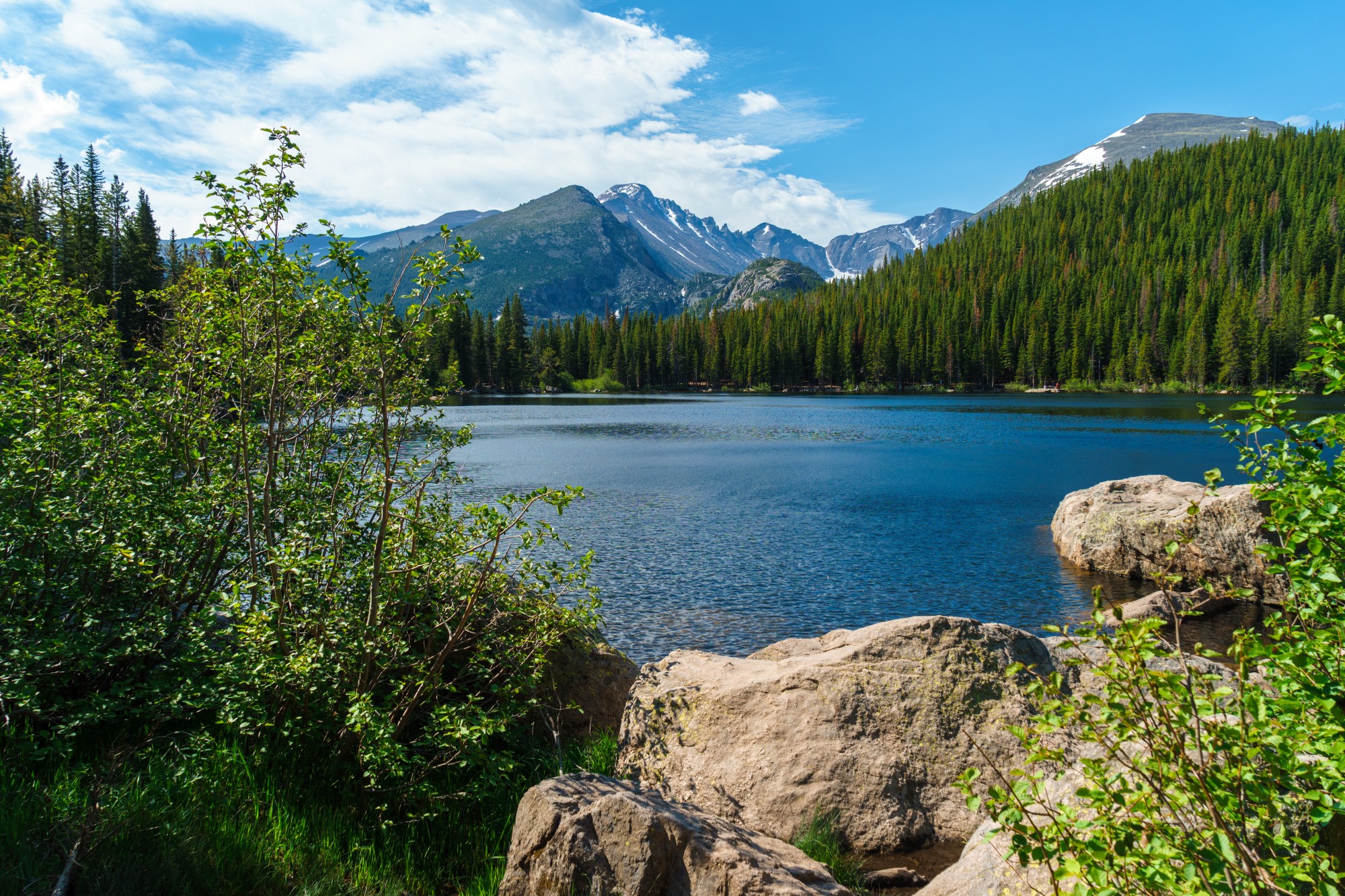
With 300 miles of hiking trails, a great variety of local species, and prime camping opportunities, the Rocky Mountain National Park is an excellent location to go on your next trip. One of the special qualities of RMNP is Trail Ridge Road, which passes the Continental Divide, travels up to an elevation of 12,000 feet and passes from one side of the park to the other. This park is located on the west side of Estes Park, Colorado and the north of Grand Lake. Activities offered by the Park Service are ranger programs, horseback riding, backcountry camping, and hikes that lead to lakes, waterfalls and summits.

“The Rocky Mountain landscape views, the wildflowers, the critters and creatures, and the accessibility of the park are all huge draws. There are things to do, people of all ages, stages and levels of experience and everyone will leave in awe of the nature.” -Lauren Grover, WI
9.Muir Woods National Monument, California
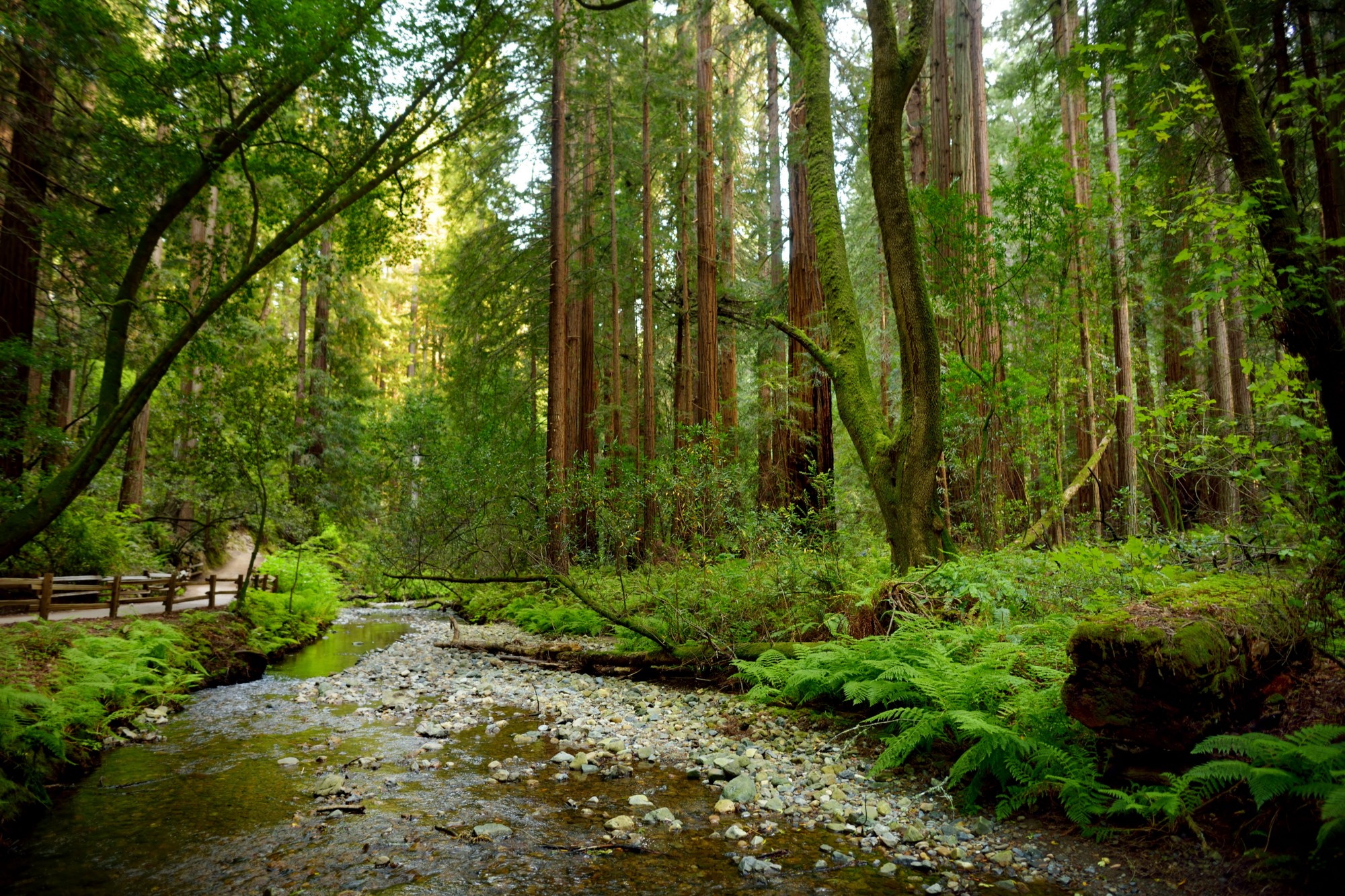
While not a national park, the Muir Woods National Monument is still highly noteworthy for park visitors and outdoor adventurists. A part of the Golden Gate National Recreation Area, this section of land covered in redwoods is on the border of California and Oregon. It was first declared as a protected monument in 1908 by President Theodore Roosevelt, and since then has been growing in popularity and recognition.
The main attraction to this monument is the Redwoods Forest. Redwoods are interestingly the tallest living trees in the world and attract many visitors internationally. This monument is closer to San Francisco than the Redwood National Park by about five hours and although camping and biking aren’t allowed, the park provides hiking trails and ranger programs.
10. Shoshone National Forest, WY
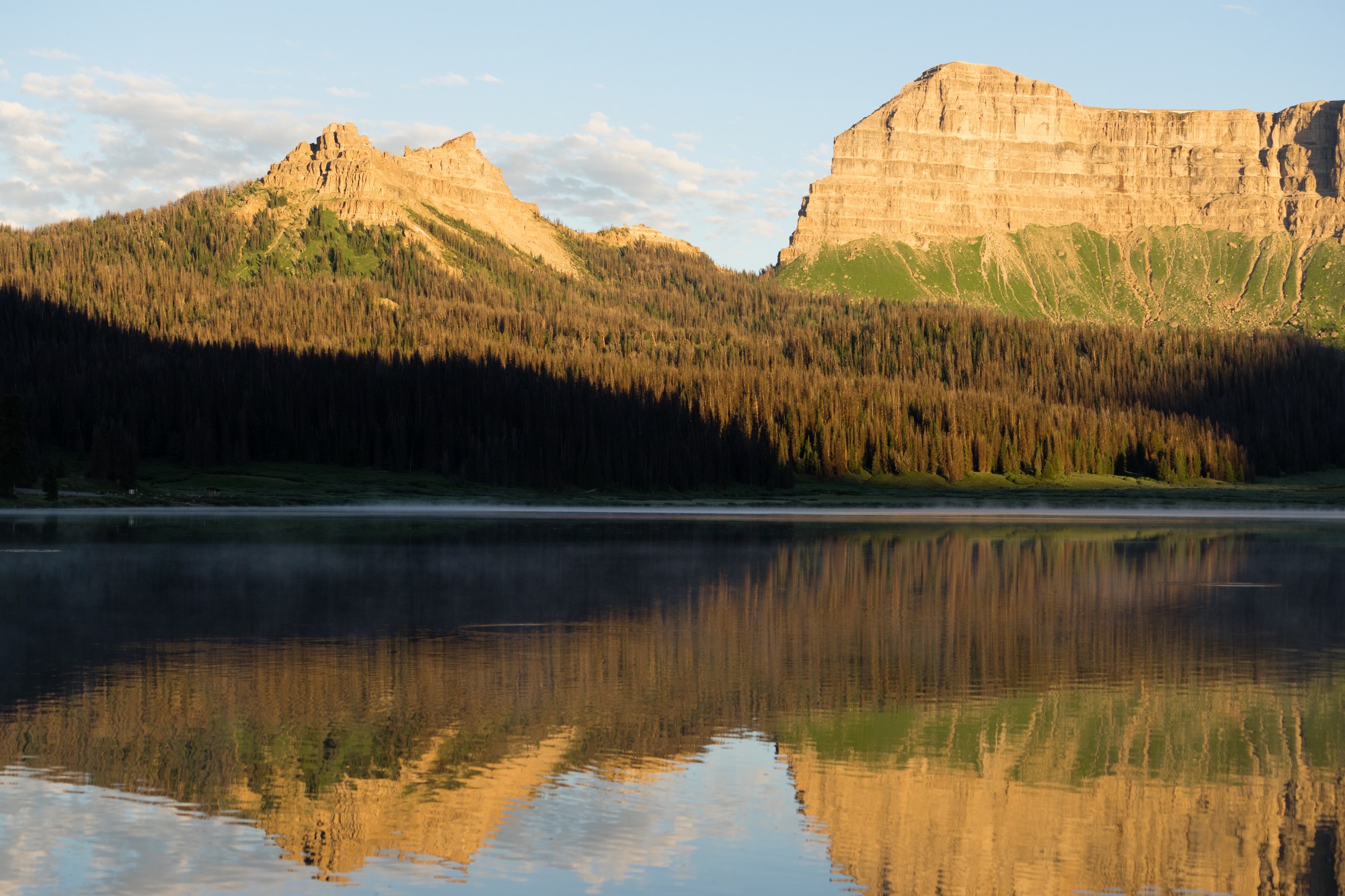
Finally, the last natural reserve you should consider visiting is Shoshone National Forest in Wyoming. Located east of Yellowstone, this park offers more solitude compared to the popular and busy Yellowstone. The quieter side of the mountains, this forest consists of 2.4 million acres of rugged terrain including various elevations and species. There are 1,300 miles of hiking trails, camping grounds and cabins, and horseback riding opportunities.
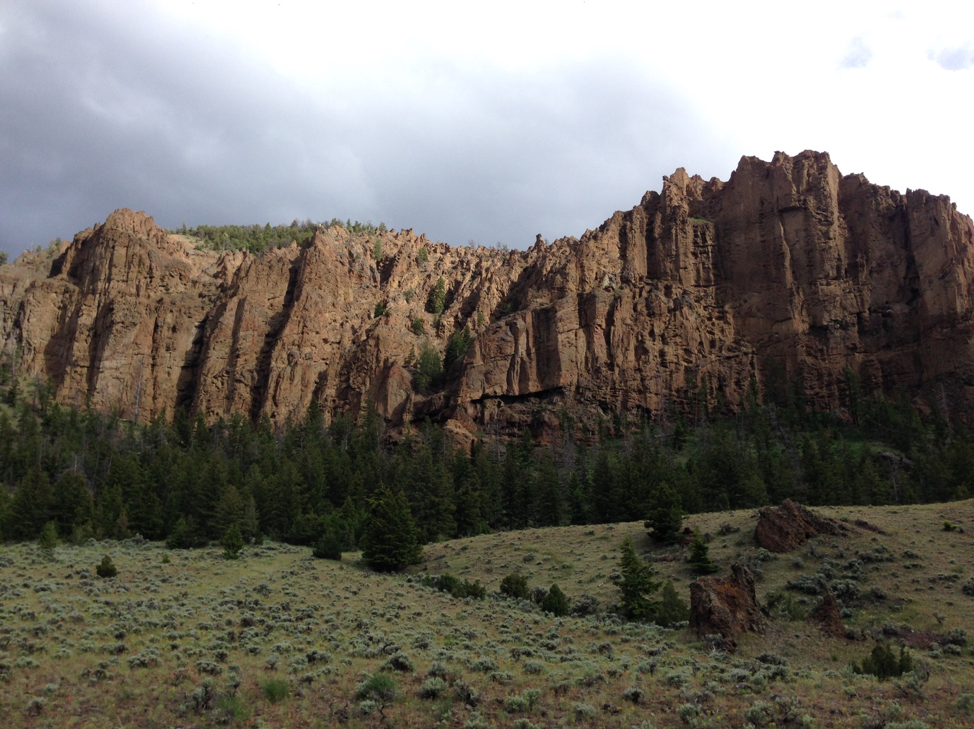
“I still vividly remember the feeling I had while biking through that forest. I was in awe. Eyes not on the road, but the incredible landscape that laid before, behind, beyond, and within. I was in a place, and the place in me — to quote Seamus Heaney. ” — Judith Marklin, NH
The importance of national lands is not to check off a list of the parks or forests you’ve visited. In the midst of today’s environmental crisis, it is important that we take the time to go outside, engage with nature, and appreciate the beauty of ecosystems, species, habitats, plants, and ourselves as a part of it all. Visiting these National Parks will not only allow you to engage with natural beauty, but it will also encourage you to start the process of finding beauty in your own place.
To quote Judith Marklin, a New Hampshire native who biked across the United States in the summer of 2017, “National land creates spaces for people to make memories. To have moments where we feel connected with each other and with the land that sustains us.”
